Last year, we witnessed a “start-up boom,” with 5.4 million new business applications filed in the United States alone. Following a challenging few years, more people are embarking on new professional journeys—and facing unexpected challenges and rewards along the way. For any new photography business, one of those first hurdles is determining your prices.
No matter what your specialty, freelance photography prices will often vary depending on the duration of the shoot, the editing time required, and your skill and experience level. A photographer in a big city will not charge the same as one in a small town, and a food photographer won’t charge the same as a real estate photographer.
The variables can feel overwhelming at times, but it all comes down to valuing your photography and knowing your worth. In this quick and easy guide, we’ll break down the basics of knowing what to charge for your services—and setting yourself up for success in 2022.
Tip #1: Calculate your costs
The first step toward setting your prices is knowing your costs—in detail. Add up your expenses, from the cost of gear and insurance to travel and transportation, post-processing software, advertising and marketing tools, taxes, subscriptions, studio space, props, backgrounds, and so on.
That number will give you an idea of what you need to make annually; divide it by the number of jobs you can realistically expect to book, and you’ll know what you need to earn from each job to break even. From there, you’ll need to make sure your prices are high enough to earn you a profit.
Tip #2: Account for your time
“Final pricing should cover your hard costs and pay for your time and labor,” the 500px team explains. It’s good practice to calculate how much time each job typically requires, including shooting time, editing time, and communicating with clients. When clients pay for a shoot, they’re not just paying for the session itself but also all the work that goes on behind the scenes. With that information in mind, it’ll be easier for you to determine what your hourly rate needs to be.
Tip #3: Do some research
Pricing can vary dramatically depending on your location and niche, so learn as much as you can about the market before setting your prices. Checking out other professional photographers’ pricing can provide some insight, but it’s only a point of departure. You’ll also need to adjust according to your level of experience and the demand in your city, as more experienced photographers can command higher prices than beginners.
Tip #4: Find a trusted adviser
Organizations such as the Association of Photographers (AOP) can also provide support and guidance for their members, including help with contracts and negotiations. Working with a professional organization or even an agent can be invaluable, as can assisting for an established photographer. More and more, we’re also seeing established pros offer business mentoring services to emerging photographers. Of course, you have to pay for these coaching sessions, but they can pay off in the long run.
Tip #5: Reassess every year
You’ve likely heard it before, but it’s always better to increase your prices than to decrease them. Knowing that, you’ll likely need to reevaluate at least once a year or two to make sure you’re charging enough and increase your prices as needed. If you’ve acquired new skills or resources (gear, space, editing tools) in that time, that might be another reason your packages can be worth more than they were last year.
Photography specialties
Different types of photography command vastly different prices, and they can follow varying pricing structures. Here are just a few popular specialties, at a glance. These numbers are meant to represent a general ballpark, but plenty of photographers charge less or more, so these are not meant as advice or recommendations.
Product photography
Product photography is one niche with a wide price range, depending on the job. If you’re shooting some eCommerce photos for an Etsy shop, for example, you’re likely to charge far less than you would if you were shooting in the studio for a major commercial client.
Product photographers can charge by the image and/or by the hour. We’ve seen studios charge anything from $250 for setup, plus $50 per image, to $400-$500 an hour and up. Advertising jobs for big clients can run well into the thousands for the day. Beyond your day rate, it’s essential here to work out usage and licensing fees, as where and how your photos are used will affect your pricing.
Food photography
Food photographers can charge by the hour, per image, per recipe, or a standard day rate. Pricing will also depend heavily on the usage; a commercial or advertising job for a beverage company, for example, will be pricier than an editorial job for a food blog or magazine. While some jobs might cost $500, a day rate with a well-established food photographer can run up to about $1,700 and up, plus extra for styling, retouching, and overtime.
Event photography
Event photographers often charge by the hour, half-day, or day. If they’re charging by the hour, they usually have a minimum of two hours or more. We’ve seen prices range from around $150 an hour to $2,500 and up for a final package.
Wedding photography
WeddingWire’s 2020 newlywed report puts the average cost for photography at around $2,400 in the US. The Knot Real Weddings Study of couples married in 2021 found the average cost of a wedding photographer to be about the same: $2,500. With that being said, we’ve seen wedding photographers offer prices starting much higher, perhaps at $5,000-$7,000. Very well-known photographers can even command coverage prices of $14,500 and up, so there’s quite a range.
Real estate photography
Real estate photography prices can vary depending on the square footage of the property, the number of hours required for the shoot, retouching needs, the number of photos delivered, and more. For a residential listing, a typical session might take around 45 minutes and cost about $200, plus more for additional images beyond the chosen package (generally, packages will include maybe five to ten photos).
Drone photography, video, and twilight photography will usually cost more. Plus, with all that being said, architectural photos will typically cost (much!) more than photos made for residential real estate listings.
Portrait and headshot photography
We’ve seen headshot pricing range from the hundreds to thousands, depending on the number of looks needed. With an established photographer, one look might cost $250-$500, while four looks could run around $750-$1,000. More experienced photographers can charge even more. Peter Hurley, one of the most famous in the business, has prices starting at $1,500 for headshots and $3,000 for portraits.
Pet photography
We’ve seen pet photographers charge anywhere from $300 for a studio shoot to $1,000 and up for outdoor sessions. Most packages include a fixed number of retouched images, with additional retouched images available a la carte. Prints will usually be extra. In general, you’d charge more for more pets, and you’d charge more for location shoots (at home or outside) than you would for sessions in your studio.
Finally, remember that pricing is personal, but it shouldn’t be taboo. Gather as much information as you need to make an informed decision, and learn to think like a businessperson. You might be an artist at heart, but photography is your job, and you should be paid accordingly.
Not on 500px yet? Sign up here to explore more impactful photography.
The post Photography pricing guide: How to know what to charge in 2022 appeared first on 500px.
[NDN/ccn/comedia Links]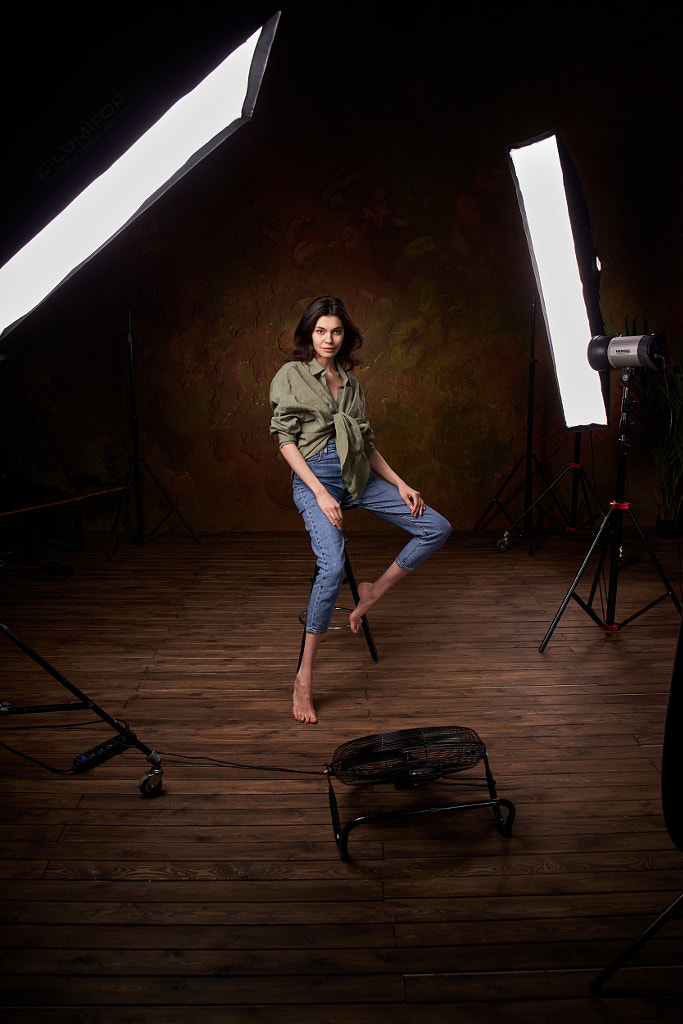
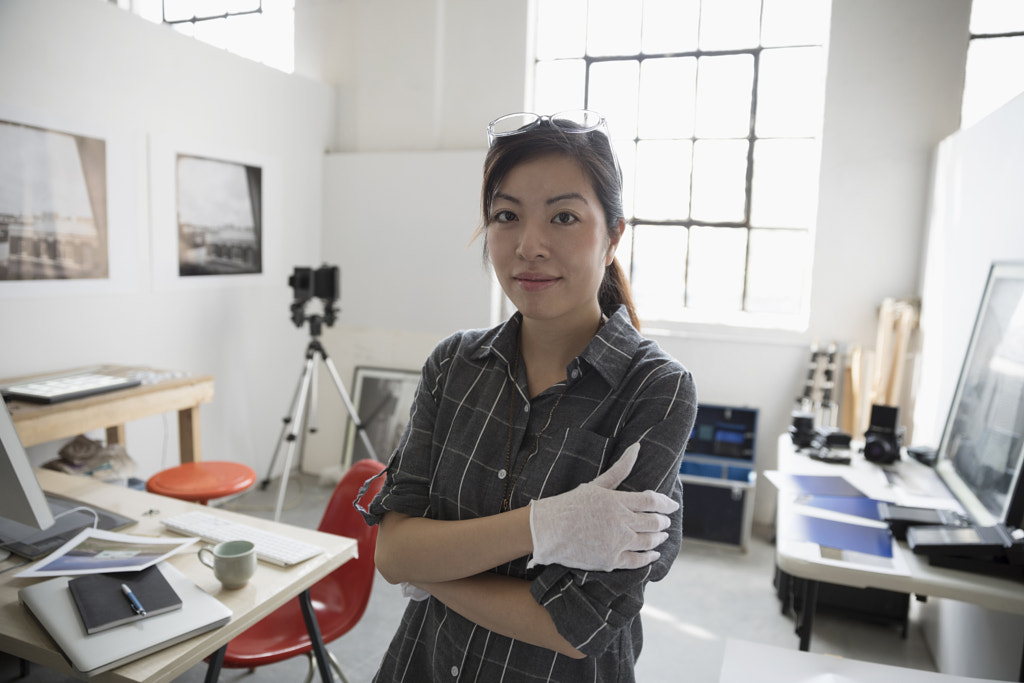

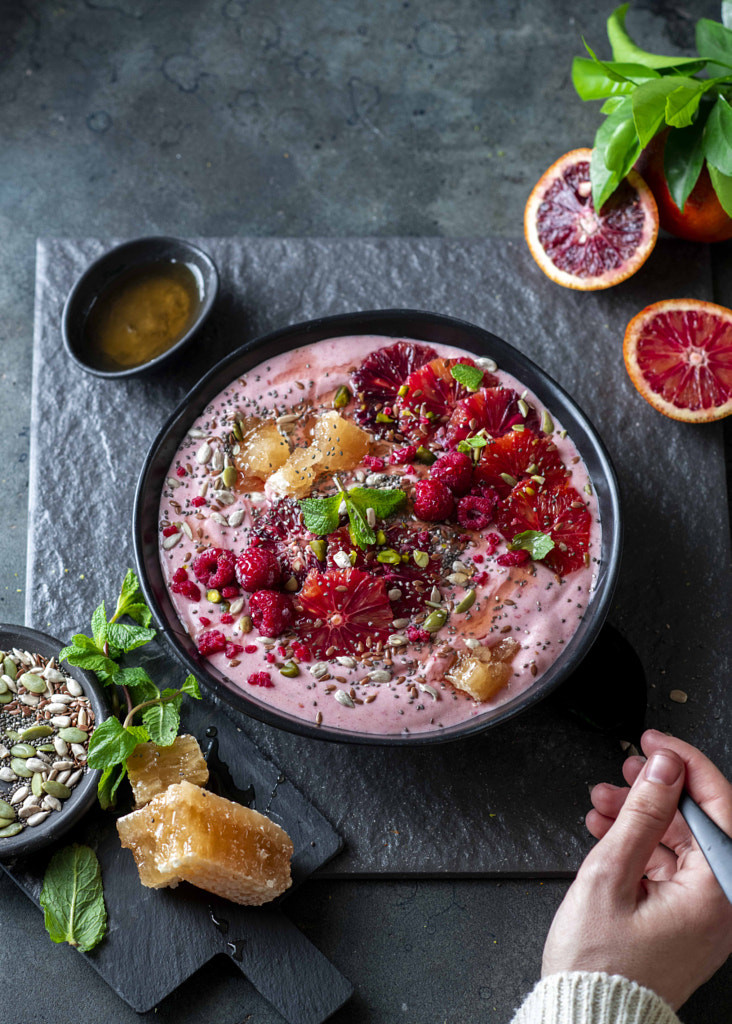
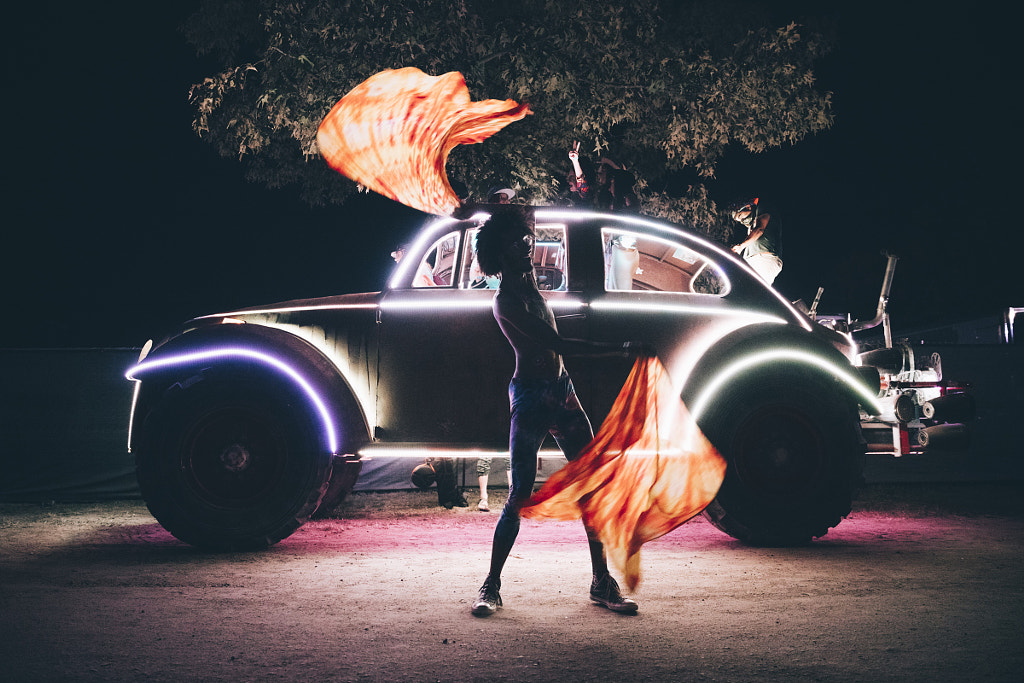
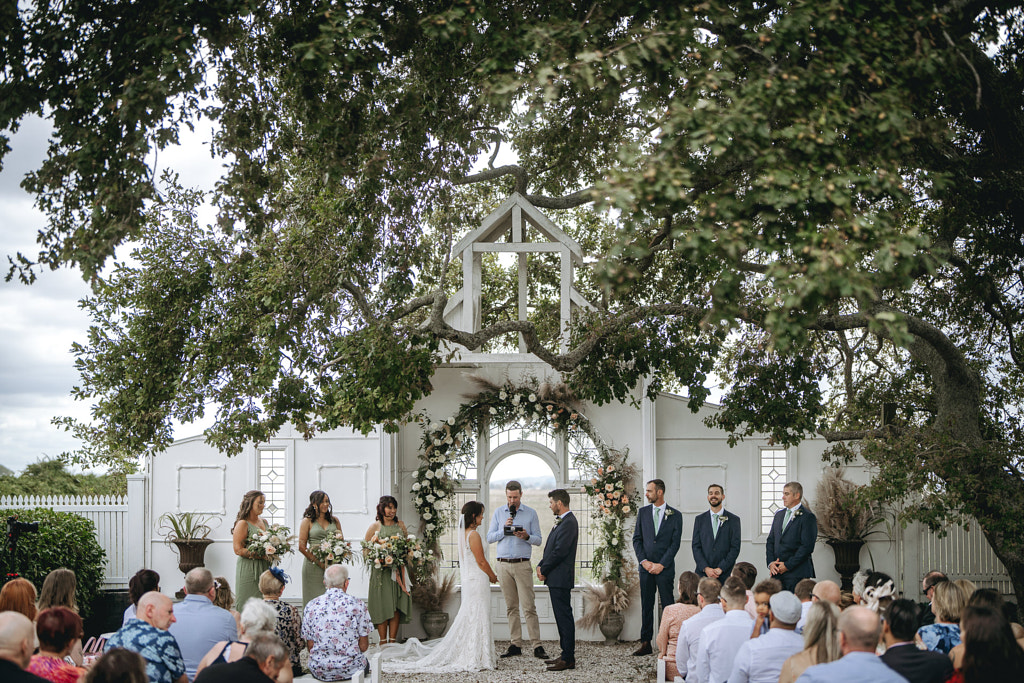
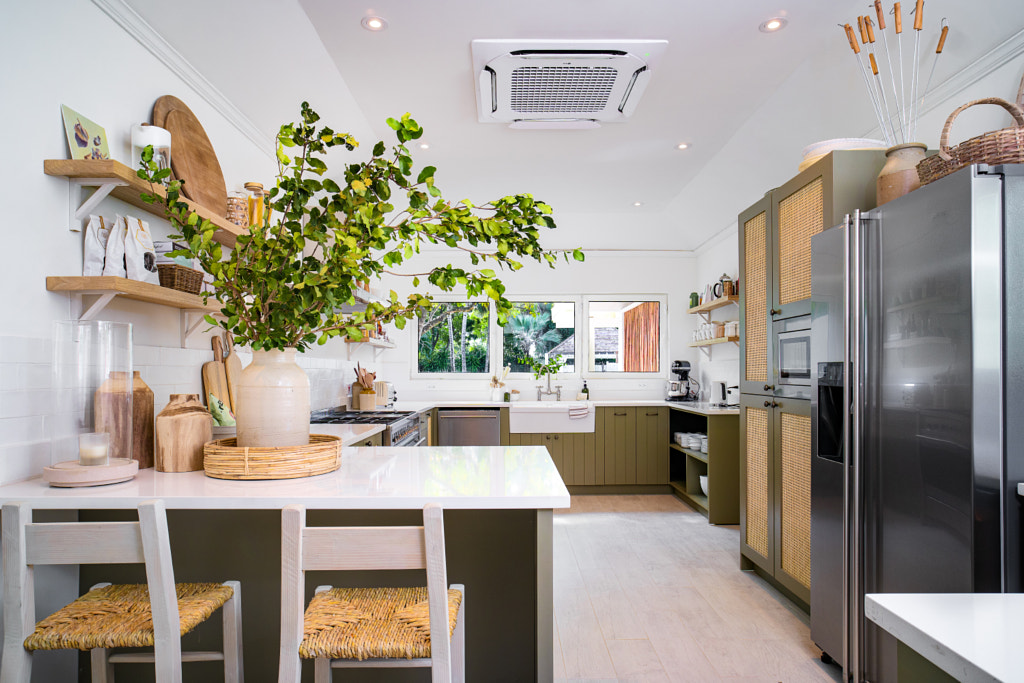
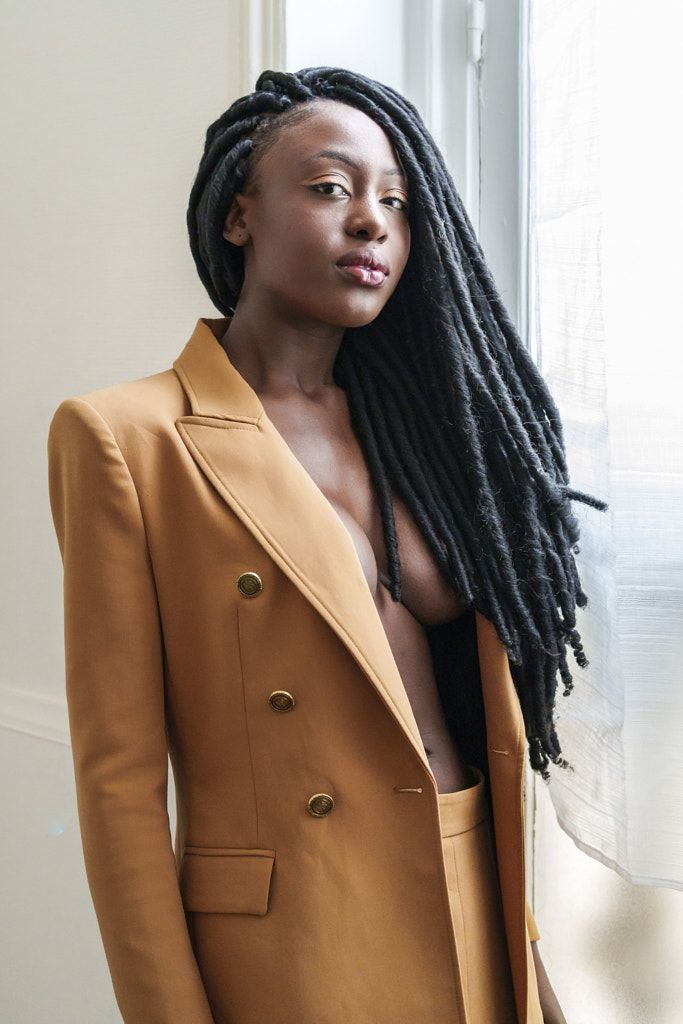

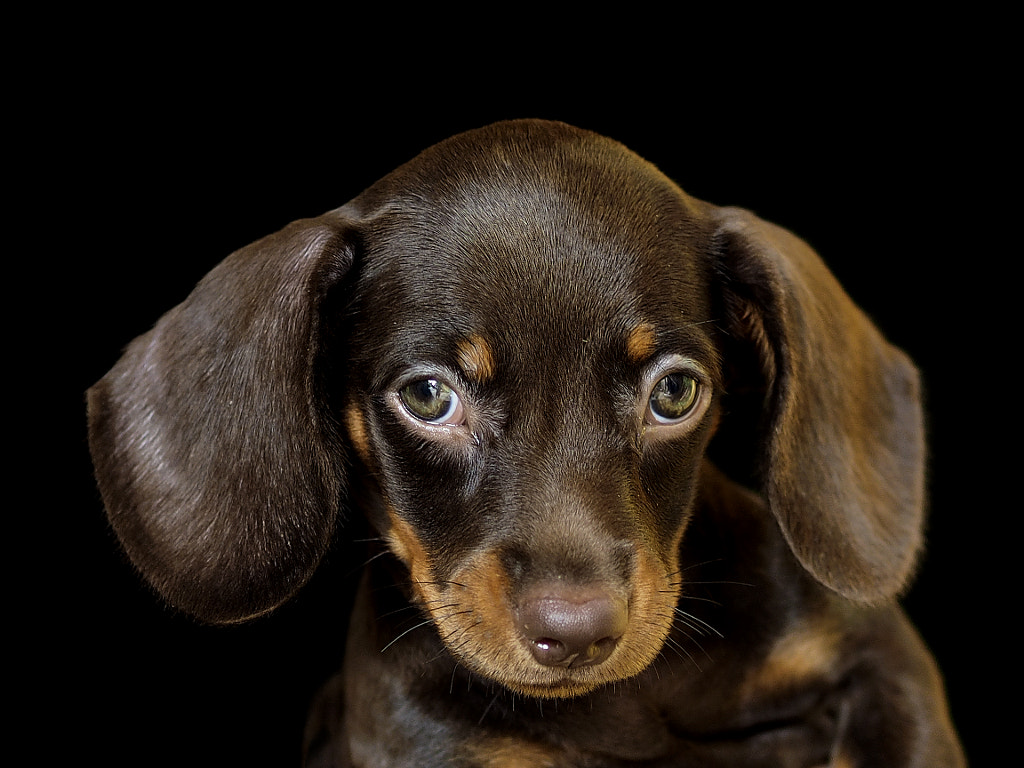
No comments:
Post a Comment